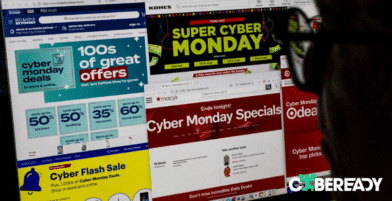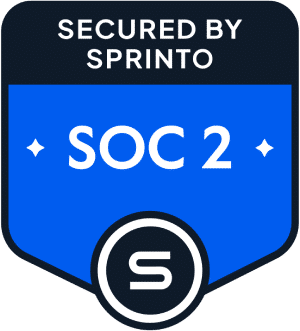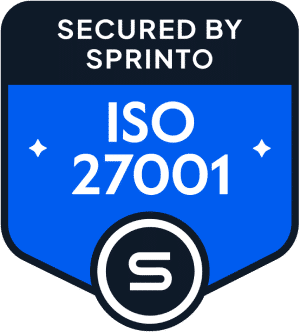As more and more data is collected and stored on servers in the cloud, this data is more prone to attacks and vulnerabilities. According to a Verizon report, ransomware attacks have increased by 13% this year. It is the highest the world has seen in the last five years. About 83% of companies studied by IBM have been victims of data breaches, of which 17% had seen it for the first time in the year. Keeping data protected has become very important and challenging.
There are products in the market that help you protect your data by hiding it under layers of encryption. Though with this, the greater your security, the more you pay. Simply put, adding more locks increases the cost. Also, teaching your organization to protect your data goes a long way; if each one opening the door locks it on the way out, this protects the data. The latter has a cross-market effect. If we can protect the access to data through IAM or identity & access management, we are, to a great extent, able to protect the visibility of data.
IAM is a gate that helps us protect data by limiting the access and visibility of data to the right users. In hacks and data trespassing cases, the hacker only gets the information that the user has access to, and in turn, the inaccessible data is protected from the breach. It is important, in this case, to learn about Access Control Matrix and how it helps to block and allow access to the right data for the right user.
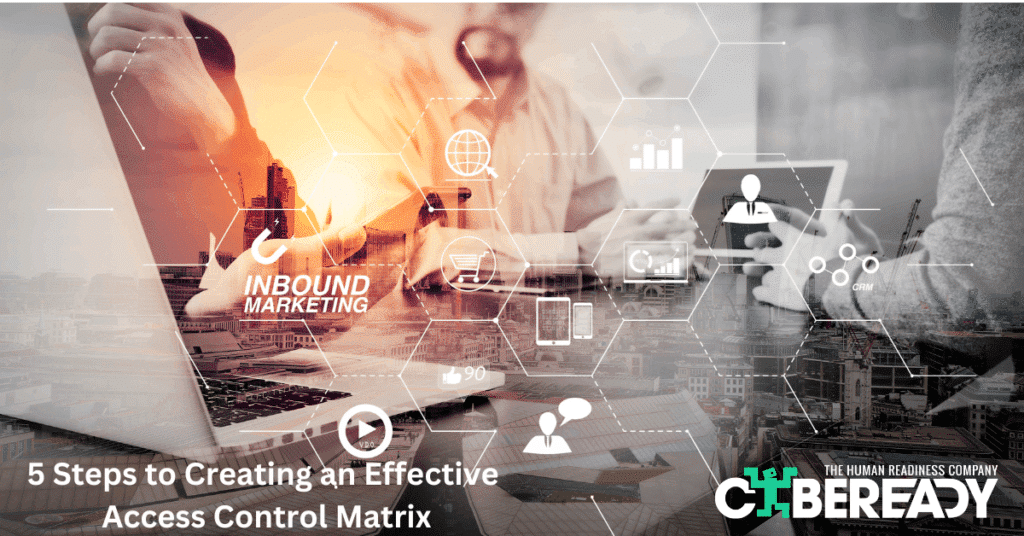
What is Access Control Matrix?
Access Control Matrix is fine-grained permissions set for each file controlling operations in a system. It creates a very tight permission system with firm controls on the access of files which dictates the view and edit capabilities every user is given.
Whatever a system might need to access is called an object. An object can be a file, a process, or a hardware piece. Subjects are external user processes or systems that may have certain access to the object. Getting and losing permission to the object is called a right.
The matrix creates a table with objects on either the x or y axis and subjects on the other. This is used to note the rights given to each subject in terms of the object in order to protect the data from compromise by limiting access. For example, a file might need view access to another file, so it will just have access to view and not edit or delete it.
Similarly, a process might need more access to the file where it can edit and make changes. The access provided to it will be so. The only way access is given is through a technician who can access the matrix’s settings. Another example is the internet, where the administrator has complete access to the files while the administrator can restrict access to the files to view only for website visitors. This helps to target the breach by locating the access status in the matrix.
Organizations have two access controls in place, protecting their two major assets. They have their physical assets, including buildings, rooms, and physical files. The second is logical control of their digital files and computers.
Physical Access Control (PAC)
This is the ability to control the distribution of permission to access an organization’s physical assets. Enterprises have spaces in their offices that hold important information that cause a problem if breached. These spaces could be file rooms, offices, or IT asset rooms. Access to these areas is controlled in a couple of ways. RFID is the basic card to provide access to public areas, but retina, finger, and face scanners allow the selected users to access the secured areas for more secure locations.
Logical Access Control (LAC)
This is the ability to control the distribution of permission of access to the organization’s intangible assets. These intangible assets are digital files that hold valuable information for the organization. With organizations moving their data to the cloud and centralized servers, access to them requires utilizing a computer and the internet. Permission distribution for LAC strategizes a mix of login credentials, authenticators, and biometric encryptors. The access is granted on levels of the user’s seniority and data requirements. The more secure the data, the stronger the mix of login credentials, authenticators, and biometric encryptors.
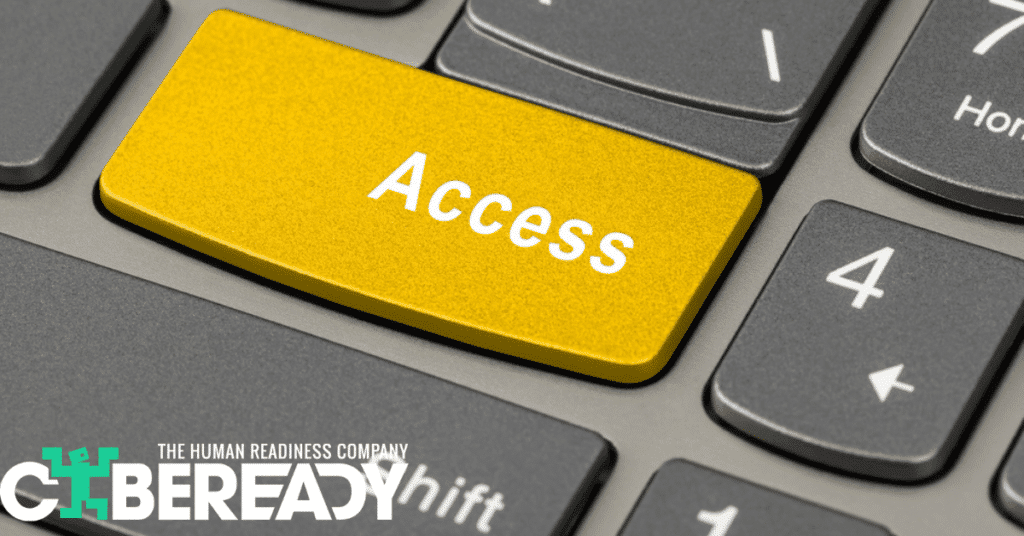
Types of Access Control
Organizations are of various sizes, and the bigger the organization, the more levels of roles played by different individuals. Information access is given to each at a different level, called role-based security. Also, each level is prone to a level of breaches which could be any cyber threat, includingransomware.
An organization is usually structured at various levels, from an intern to directors and departments working on different tasks. Each role in the organization requires different access to the business’s internal information. For example, an intern may need viewing access to little information that may not be critical to the organization. An IT administrator may need access to critical information about the organization’s technology systems from end to end. A director may also need permission to view, edit, and delete any data related to their department. In this role-based access control system, each user is given different access to the data varying from view to edit.
There are three types of Access Control given to users:
1. Discretionary Access Control (DAC):
This is the type of security access control whose permission method is set by the data owner. This control method is less restrictive than the other, as the users have complete control over the data they can access.
2. Mandatory Access Control (MAC):
This type of security access control is more in-depth, where the data is protected under layers of security permissions. Data here is restricted, and permission is only allowed if the user has the proper security clearance. Organizations with highly important data use this method to secure their data.
3. Complementary Control Mechanism (CCM):
This type of access control regulates the user’s ability to view data based on varying authorization. This authorization depends on the user’s role and login credentials. This is applied to all digital and physical assets.
Now that we know the importance of setting up an Access Control Matrix to protect data, let’s see how we can set up an effective Access Control Matrix.
5 Steps to setting up an ACM:
1. Understand the business requirements:
Every organization varying in size also varies in the kinds of departments and roles that users play. This means every organization looks at securing their data very differently depending on how critical the data is and the access levels they need to provide. These points must be considered as the first step in planning an Access Control Matrix.
2. Calculate the implementation:
Once the requirements have been calculated, the next step is to understand the setting up and implementation of the matrix. This is done by looking at how many users need to be added to system processes. How many will be added in the future? And also estimating the volume and kind of data that must be added to the matrix.
3. Access control matrix drafting:
After considering the users, system processes, and objects, creating a matrix draft is the following step. The access control matrix draft will be created, where one axis will contain the objects that need to be protected, and the other will have the subjects that require access. The remaining matrix is set for each subject’s access for the required object. This draft is created and edited at this stage.
4. Creating roles, analyzing the workforce:
Setting up roles from the draft is going to be the next step. Analyzing the workforce that has to be added to the matrix as subjects and the processes that will require permission to access objects. Roles will need to be created for each user in the workforce.
5. Periodical Audit:
Once the access control matrix is in place and the permissions have been granted to users, it is important to have periodic checks on the matrix to keep the permissions updated. The requirements change, and new factors need to be added or subtracted. A continuous audit helps ensure the right access is granted to the right subject and rectifies any error.
Building security from the ground up with CybeReady
Protecting data is a priority for every organization. Creating an effective access control matrix is one of the safest ways to protect your data without investing heavily in external support. It is also important to have a trained workforce to handle any attack that comes to them. Once the access provisions secure the data, the next key step is to train the workforce to gauge and handle any breach they face. When the workforce is trained to understand and mitigate an attack, the organization finds a new level of security.
CybeReady is a great source to train your workforce. They provide in-depth training about cyber risk, how one gauges the breach, and what to do in that situation. Whereas normal training usually gives a topical view of security, CybeReady provides interactive training sessions where the user gets well acquainted with the various cybersecurity risks your organization faces. CybeReady also provides follow-up courses to keep users up to date on the cyber risk space developments and helps keep the workforce on their toes about how to securely handle organization data. So, are you ready to bolster your organization’s security posture by leveraging the access control matrix and providing your employees with state-of-the-art cybersecurity training? If security is on your radar, these steps must be taken today.





